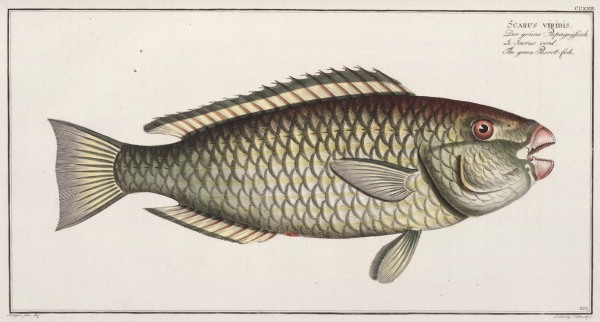
Course Overview
Learn to draw and paint the fascinating world of animals in this engaging and informative class! Through the development of keen observational skills of the natural world, you’ll learn to realistically represent animal life in drawing and acrylic painting! Gain additional knowledge and understanding of animal anatomy. Subjects might include: mammals, birds, reptiles, fish, insects, crustaceans, mollusks, and more. You’ll also learn about form and function, anatomy, highlights, shadows, and details, proportion, three dimensionality, value, contrast, and color. These basic principles of drawing and painting will help you learn to depict the animal world in a variety of vibrant and dynamic ways.
Supplies Needed
(Updated: July 2022)
Drawing:
- Pencils (Graphite):
- 2B pencil
- 4B pencil
- 6B pencil
- (Optional) 8B
- (Optional) Woodless Pencil (6B or 8B)
- 70 lb. or higher Drawing Paper Pad - either 9"x12" or 11"x14"
- White vinyl eraser
- Blending Stomps (or paper towel/ tissues for blending if you can't find these for first day)
- Pencil Sharpener (preferably with shaving collector)
- Mechanical Eraser, (Tombow Mono Knock 3.8) or pink eraser on back of pencil (for detail erasing and drawing white lines on gray areas
Painting:
- Small collection of Brushes- a 1/4" filbert brush, a 3/8" filbert brush, and a 1/2" filbert brush, and detail brushes: Small #1 round, and/or a 1/4-inch angle brush
- Jar or large plastic cup or container (like Yogurt or Peanut Butter Jar) for water
- Paper Towels
- Watercolor Paper Pad (8.5x11", 9x12", 11x14", or 11"x15") (120 lb. or higher)
- Disposable paper palette pad (i.e., Strathmore, Canson, etc.)- 9x 12 or 12x16 (12x16 better because it has more room)
- If you'd like a palette that keeps the paints wet between sessions, (optional), you can get a 12x16 stay wet palette, or another good option which you can find online which is cheaper/ better is the: "Hipiwe a4 file box (recommended)" (i.e. on Amazon) (If you get either "stay- wet" type palette, you'd still need a "disposable paper palette" (above) to put the paints on, inside of the "stay wet palette")
- (Optional) Paper plates for additional paint mixing
- (Optional) Acrylic Matte Medium
- (Optional) Spray bottle for keeping paints wet
- (Optional) Small table easel (optional, depending on if you like drawing/ painting on the table, or drawing/painting upright)
- Paints:
- Small Inexpensive set of Acrylic Paints 6-12 Colors (at least White, Yellow, Blue, Red, Green, Purple, Orange, Black) (i.e., Liquitex Basics)
- If you'd like to get the complete range of Acrylics, (instead of the small set), these include: (optional): titanium white, light yellow, medium yellow, medium orange, medium red, magenta, purple, ultramarine blue, phthalo blue, phthalo green, black
Learning Objectives
- Depict a variety of animal life in graphite drawing, colored pencils, and acrylic painting
- Draw or paint 3D form in animals through light, shadow
- Understand proportions and details
- Utilize observational skills to produce accurate representations of animals
- Be acquainted with how to depict a wide variety of animal life
Who Should Take This Class
- Anyone who is interested in enriching their lives with the joy of Zoological Illustration
- People who draw who would like to gain or improve their Zoological Illustration abilities
- Scientists, naturalists, nature lovers or anyone who is fascinated by animal life and would like to become more acquainted with drawing and painting the natural world